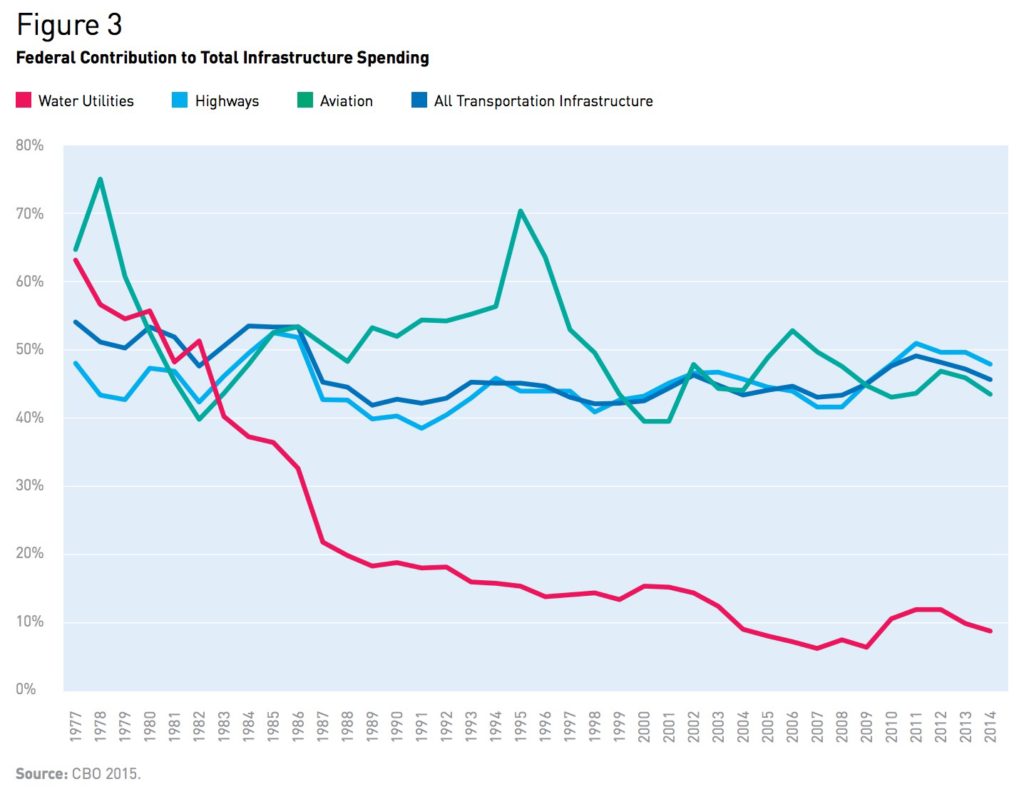

Infrastructure that is funded by user fees can be financed and managed at any level of government-federal, state, or local. For this reason, infrastructure user fee pricing mechanisms are a better choice for ensuring economic efficiency. But determining who the beneficiaries are is actually more complicated than that. Some say that state and local governments should pay for state and local infrastructure projects, arguing that the beneficiaries of this infrastructure are taxpayers in those states and localities.

#State spending on masstransit full
An infrastructure funding system is most economically efficient when the beneficiaries pay the full cost of the benefits they receive. Infrastructure user fee pricing mechanisms are the best funding option for ensuring economic efficiency such mechanisms can be managed at any level of government.Because the federal government can run deficits-even quite large ones over the short run-it is well positioned to help states maintain stable or increasing infrastructure investment over the course of a business cycle. The federal government can play a role in mitigating this challenge. During economic downturns-when states’ tax revenues decrease and social services spending increases-state-funded infrastructure is likely to suffer from neglect. While states’ balanced budget requirements generally do not apply to capital investment, many states still fund infrastructure on a pay-as-you-go basis.

The ups and downs of the business cycle can make it difficult for states to maintain stable levels of infrastructure investment.


 0 kommentar(er)
0 kommentar(er)
